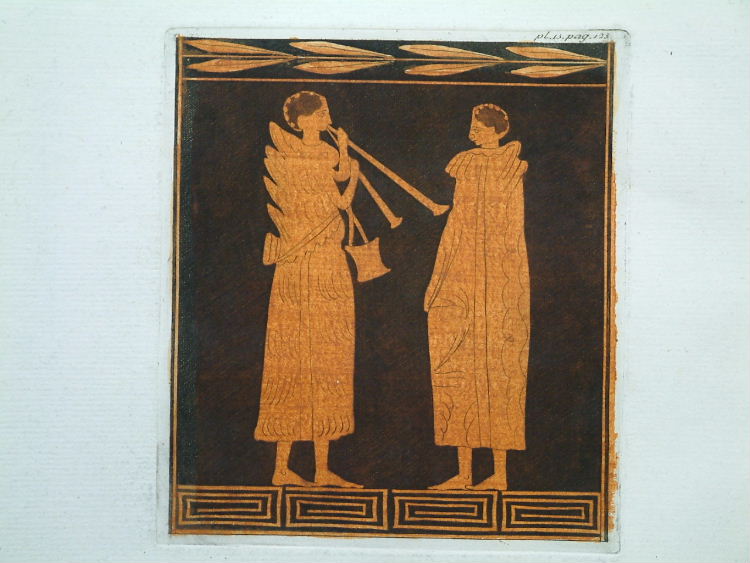Rare Maps and Prints
- World & Celestial
- North America
- West Indies, South & Central America
- British Isles
- British Isles
- English counties
- Large-scale
- Bedfordshire
- Berkshire
- Buckinghamshire
- Cambridgeshire
- Cheshire
- Cornwall
- Cumberland
- Derbyshire
- Devon
- Dorset
- Durham
- Essex
- Gloucestershire
- Hampshire
- Herefordshire
- Hertfordshire
- Huntingdonshire
- Islands
- Kent
- Lancashire
- Leicestershire
- Lincolnshire
- Middlesex
- Norfolk
- Northamptonshire
- Northumberland
- Nottinghamshire
- Oxfordshire
- Rutland
- Shropshire
- Somerset
- Staffordshire
- Suffolk
- Surrey
- Sussex
- Warwickshire
- Westmoreland
- Wiltshire
- Worcestershire
- Yorkshire
- Wales
- Scotland
- Ireland
- Western Europe
- Eastern Europe
- Middle East
- Africa
- Asia
- Australasia & Pacific
- Decorative Prints
- Title Pages
Mr. Philip D. Burden
P.O. Box 863,
Chalfont St. Giles, Bucks HP6 9HD,
UNITED KINGDOM
Tel: +44 (0) 1494 76 33 13
Email: enquiries@caburden.com
Sir William Hamilton (1730-1803) was a diplomat and British Ambassador to the Kingdom of Naples from 1764-1800. He was also an antiquarian, archaeologist and vulcanologist. Immediately after his arrival in Naples Hamilton began collecting vases and other antiquities. In 1766-67 he published the ‘Antiquités Étrusques, Grecques et Romanes. Tirées du Cabinet de M. Hamilton’ with sumptuous plates of the designs found. The collection was later sold to the British Museum. Pierre-Francois Hugues d’Hancarville (1719-1805) who wrote the text, acquired a similar passion for classical art. He became a close friend of Johann Winckelmann (1717-68) to whom the second volume is dedicated. Winckelmann is best known for his excavations at Pompeii and Herculaneum. Hamilton’s brother-in-law Lord Cathcart lent some proofs of the plates to Josiah Wedgewood (1730-95) just as he was building his new factory at Etruria and they had a profound effect on him. In June 1769 Wedgewood celebrated the opening by throwing six black vases which were hand-painted in red caustic enamel with three figures taken from Hamilton’s book. Hamilton’s other claim to fame is his second wife, Lady Emma Hamilton (1765-1815), mistress to Lord Nelson. Blackmer Collection (1989) 845; Berlin Catalogue (1939) 890; Cohen-de Ricci (1997) 474.



